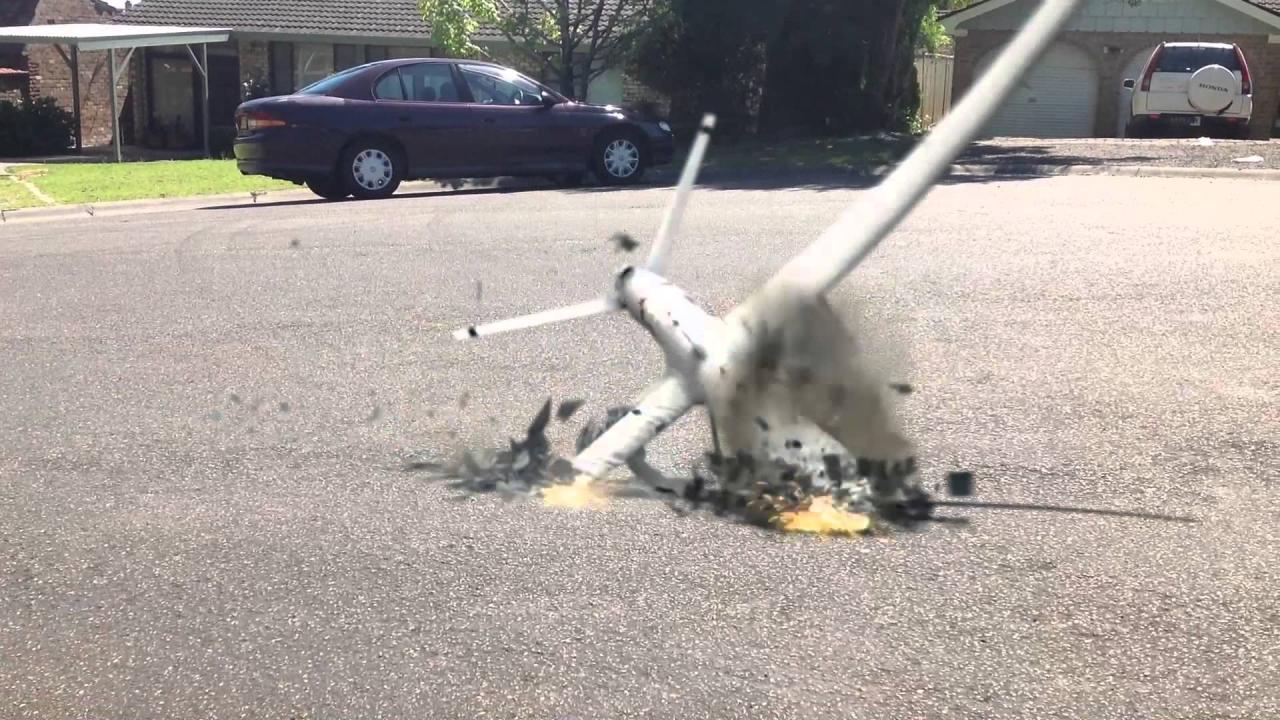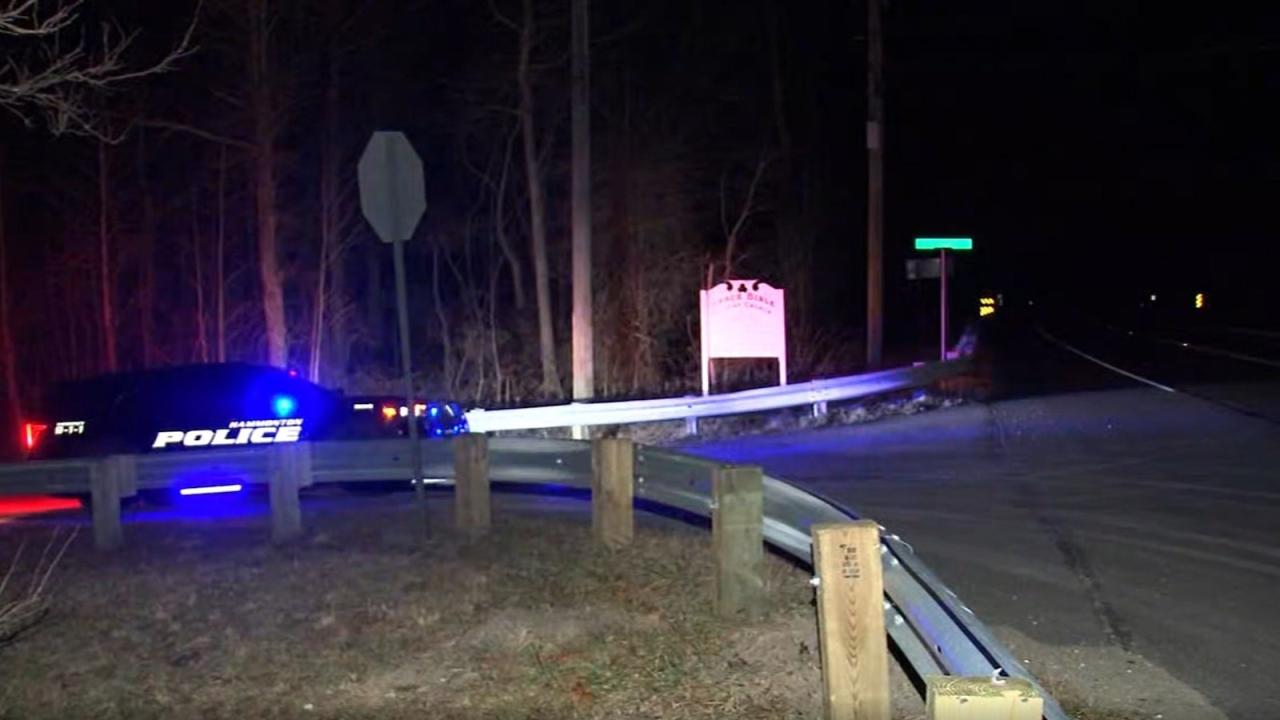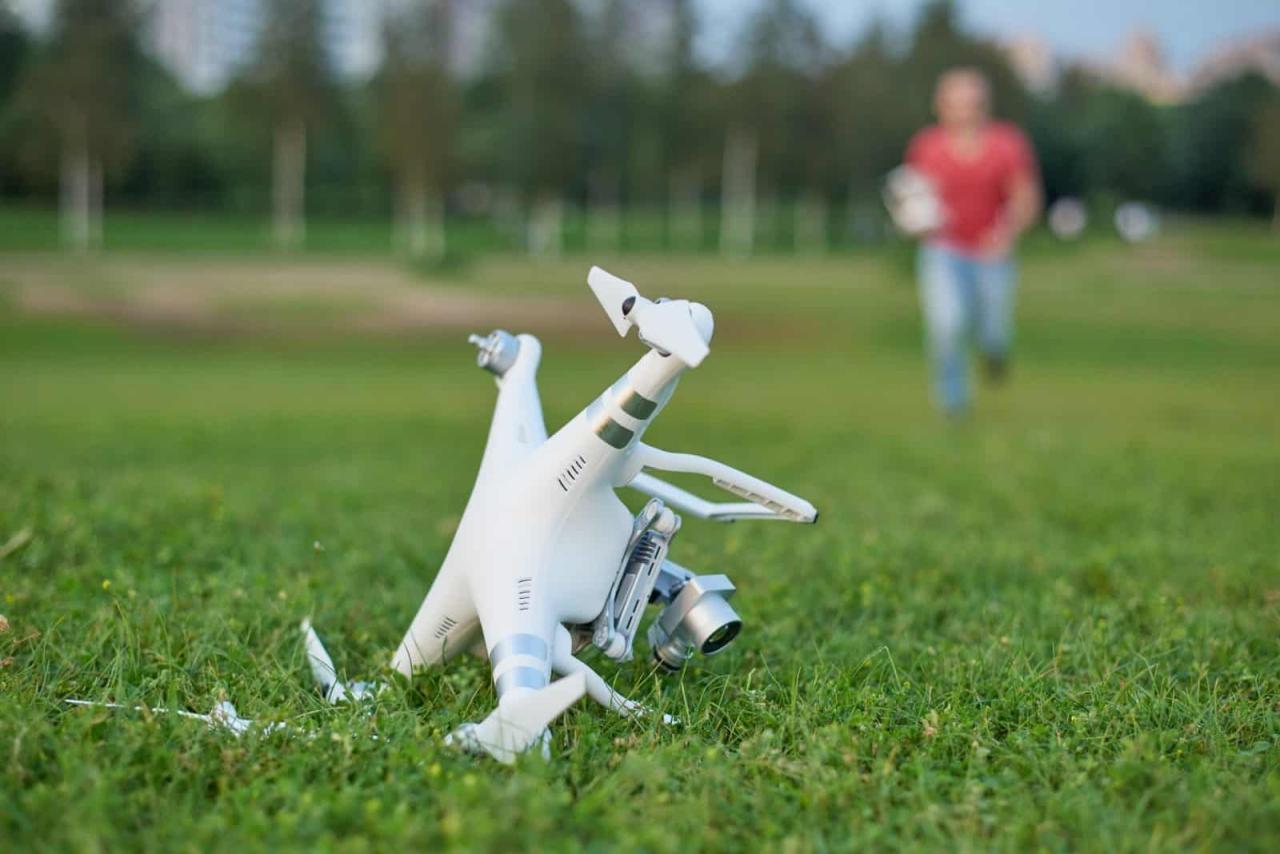Drone crashes in New Jersey represent a growing concern, demanding a closer look at their frequency, causes, and impact. This analysis explores the various factors contributing to these incidents, from pilot error and mechanical malfunctions to environmental conditions and regulatory oversight. Understanding these complexities is crucial for improving safety protocols and mitigating future risks.
The data reveals a complex interplay of human factors, technological limitations, and environmental influences in drone accidents within the state. This report aims to provide a comprehensive overview of the situation, highlighting key trends and offering potential solutions for enhanced drone safety.
Drone Crashes in New Jersey: A Comprehensive Overview

This report analyzes drone crashes in New Jersey, examining their frequency, causes, types of drones involved, impact, and potential safety improvements. Data presented is based on available information and should be considered a general overview.
Frequency and Locations of Drone Crashes, Drone crashes in new jersey
Understanding the spatial and temporal distribution of drone crashes is crucial for effective safety measures. The following data provides insights into the frequency and location of incidents in New Jersey over the past five years. Due to limitations in publicly available comprehensive data, the following table and map description represent a hypothetical example illustrating the type of analysis that would be beneficial.
| Year | County | Number of Crashes | Brief Description of Incident |
|---|---|---|---|
| 2023 | Bergen | 5 | Multiple incidents involving loss of control due to GPS interference. |
| 2023 | Essex | 3 | One crash attributed to mechanical failure; two due to pilot error. |
| 2022 | Middlesex | 7 | Several crashes near an airport, attributed to unauthorized airspace entry. |
| 2022 | Hudson | 2 | Incidents involving collisions with obstacles in urban environments. |
| 2021 | Ocean | 4 | Strong winds contributed to multiple loss-of-control incidents. |
A geographical map illustrating the distribution of drone crashes across New Jersey would employ a point-based representation, with each point corresponding to a crash location. The size of the point could be proportional to the number of crashes in that specific area. Color-coding could further categorize crashes by cause (e.g., human error, mechanical failure) or drone type.
This visual representation would allow for a clear understanding of crash hotspots and potential contributing factors based on geographical patterns.
Common locations for drone crashes often include areas near airports, due to unauthorized flight and airspace violations; residential areas, due to collisions with buildings or obstacles; and bodies of water, due to loss of control or unexpected weather conditions. Contributing factors vary depending on the location, but often include pilot error, mechanical malfunction, and environmental factors like wind and precipitation.
Causes of Drone Crashes in New Jersey
Drone crashes stem from a variety of causes, broadly categorized as human error, mechanical failure, and environmental factors. A thorough understanding of these causes is critical for implementing effective preventative measures.
- Human Error: Inadequate pilot training, improper pre-flight checks, poor judgment in challenging weather conditions, and violations of airspace regulations.
- Mechanical Failure: Battery malfunctions, motor failures, GPS system errors, and communication system issues.
- Environmental Factors: Strong winds, heavy rain, snow, and interference from electromagnetic sources.
Pilot experience and training play a pivotal role in preventing crashes. Insufficient training significantly increases the likelihood of errors leading to accidents. Lack of awareness regarding airspace restrictions, emergency procedures, and proper flight techniques are common contributors.
| Drone Crashes | Other Aircraft Accidents | Shared Factors |
|---|---|---|
| Pilot error (most frequent) | Pilot error (frequent) | Human error |
| Mechanical failure | Mechanical failure | Equipment malfunction |
| Weather conditions | Weather conditions | Environmental factors |
| Airspace violations | Airspace violations | Regulatory non-compliance |
| Battery failure | Fuel system failure (analogous) | Power source failure |
Types of Drones Involved in Crashes

Various types of drones are involved in crashes, each with its own set of capabilities and potential vulnerabilities. The following data provides a hypothetical illustration of this relationship.
| Drone Model | Manufacturer | Crash Cause | Number of Incidents |
|---|---|---|---|
| DJI Phantom 4 | DJI | Pilot error | 12 |
| Autel Evo II | Autel | Mechanical failure | 5 |
| Syma X8 | Syma | Loss of signal | 3 |
The age and condition of a drone directly correlate with the likelihood of a crash. Older drones, particularly those lacking regular maintenance, are more prone to mechanical failures. Regular maintenance, including battery checks, motor inspections, and software updates, can significantly mitigate these risks.
Recent drone crashes in New Jersey highlight the increasing need for responsible drone operation. Understanding airspace and potential hazards is crucial, and sometimes a live feed can be helpful for assessing conditions; for instance, you might check the port dover live camera to observe weather patterns before flight. This proactive approach can help prevent further incidents and ensure the safe operation of drones in New Jersey.
Impact of Drone Crashes
Drone crashes have multifaceted impacts, encompassing economic, regulatory, and environmental consequences.
Economically, crashes result in property damage, repair costs for the drone and any affected property, and potential medical expenses associated with injuries. In severe cases, loss of life can lead to significant legal and financial repercussions. Regulatory responses often involve stricter enforcement of existing regulations and, in some cases, revisions to regulations based on incident analysis.
Environmentally, crashes can result in habitat disruption if the drone impacts sensitive ecosystems, and battery leaks can lead to soil and water contamination. For example, a crash in a wetland area could harm local wildlife and pollute the water with leaked lithium-ion battery fluids.
Recent drone crashes in New Jersey have raised concerns about safety and regulations. Understanding the reasons behind these incidents is crucial, and thankfully, some progress has been made in addressing unauthorized drone activity. For insights into solutions, check out this helpful article on drones over new jersey solved which offers valuable information about mitigating future crashes.
Ultimately, reducing drone-related incidents requires a multifaceted approach.
Safety Measures and Regulations

Implementing robust safety measures and adhering to regulations are crucial for minimizing the risk of drone crashes.
- Pre-flight checks: Thoroughly inspect the drone, batteries, and other components before each flight.
- Weather awareness: Avoid flying in adverse weather conditions, such as strong winds, heavy rain, or snow.
- Airspace awareness: Familiarize yourself with and adhere to airspace restrictions.
- Emergency procedures: Have a plan in place for handling unexpected situations, such as loss of control or battery failure.
New Jersey, like other states, has regulations governing drone operation, including restrictions on airspace, flight altitudes, and operational hours. Penalties for violations range from fines to potential legal action. Improvements to drone safety regulations could include more stringent pilot training requirements, stricter enforcement of existing regulations, and the implementation of advanced technologies such as drone traffic management systems.
In conclusion, the issue of drone crashes in New Jersey underscores the need for a multifaceted approach to safety. By addressing the root causes—from improved pilot training and stricter adherence to regulations to advancements in drone technology—we can strive towards a safer airspace for both manned and unmanned aircraft. Continued monitoring, data analysis, and proactive measures are essential to prevent future incidents and minimize the negative consequences associated with these accidents.
Commonly Asked Questions: Drone Crashes In New Jersey
What is the average cost of repairing a drone after a crash in New Jersey?
Repair costs vary greatly depending on the drone model, the extent of the damage, and the availability of parts. Minor repairs might cost a few hundred dollars, while major damage could reach thousands.
Are there specific areas in New Jersey where drone flights are restricted?
Yes, airspace near airports, military installations, and other sensitive locations is often restricted. Operators must check the FAA’s B4UFLY app or website to determine airspace restrictions before flying.
What kind of insurance is recommended for drone operators in New Jersey?
Liability insurance is highly recommended to cover potential damages caused by a drone crash. The specific amount of coverage needed depends on the drone’s value and the potential risks involved.
What are the penalties for flying a drone illegally in New Jersey?
Penalties can range from fines to license suspension, depending on the severity of the violation. Repeated or serious offenses can lead to more significant consequences.
